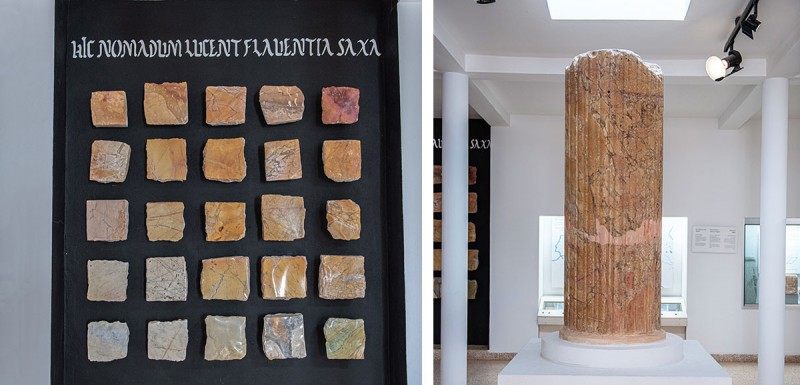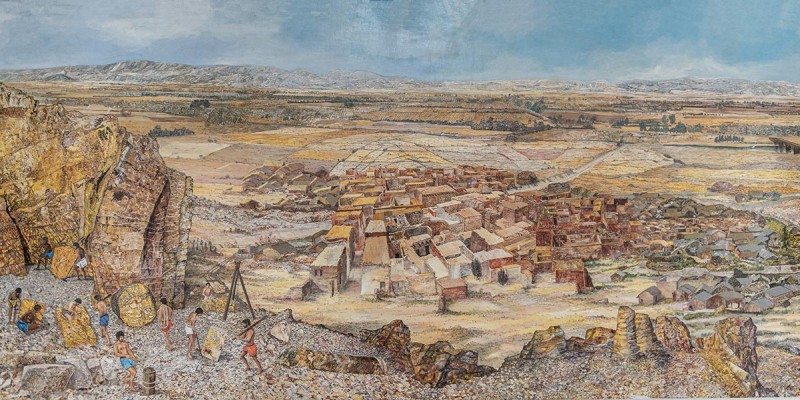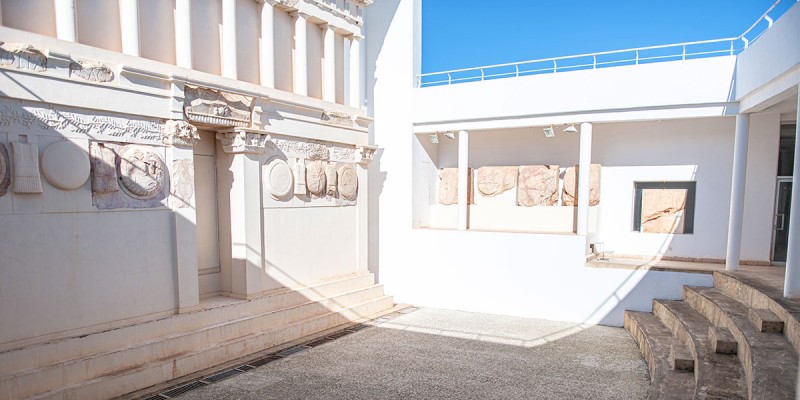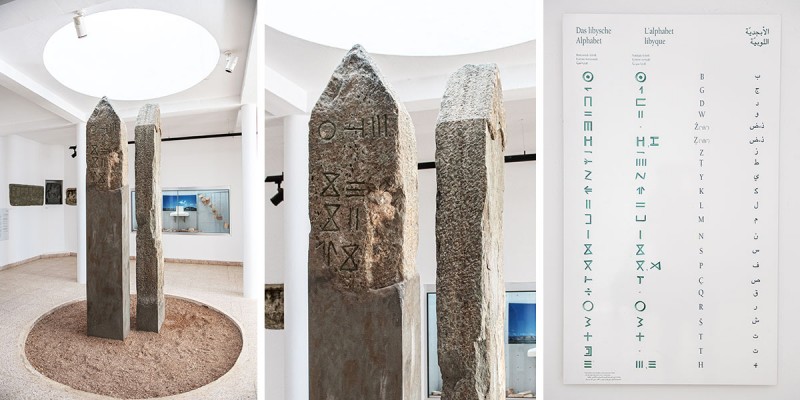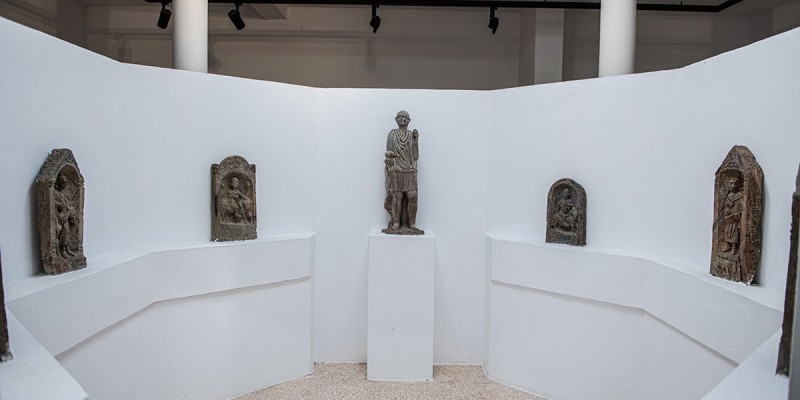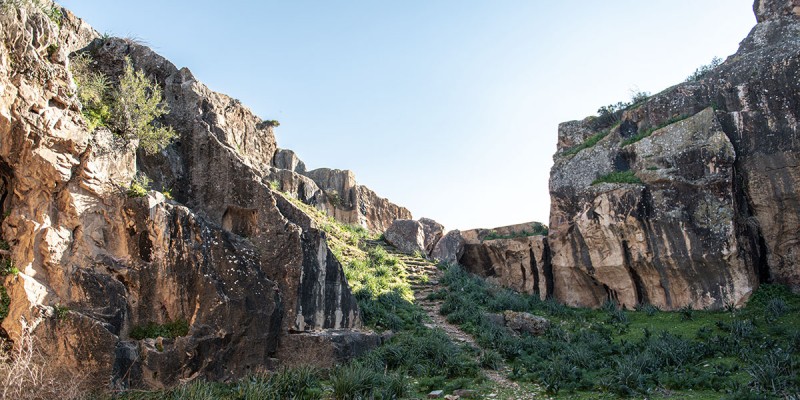In Chemtou, in the north-west of the country, one of Tunisia’s most beautiful museums has recently opened its doors. It puts on display Numidian civilisation and how in ancient times the precious ‘Numidian marble’ was worked.
Opened in 1997, but closed for five years because of incidents in that area,
Chemtou Museum opened up again to the public in December 2019.
Lying 180 km west of
Tunis, this major 2,000sq.m museum is a product of
Tunisian-German archaeological collaboration. It is a superb achievement, making use of modern techniques and standards.
The Numidians, a native people of ancient Tunisia
First and foremost, the Museum pays homage to Numidian civilisation.
The Numidians were a native people who lived in the eastern half of the Maghreb. They were at first divided between two kingdoms; these were brought together by the famous King Massinissa in about 202 B.C.
At a time when the north-east of today’s Tunisia was under the influence of
Carthage, the west and centre remained Numidian territory.
Their original civilisation has left many traces throughout these parts. The town of Simittu, later Simitthus after the Roman conquest, and today Chemtou, belonged to this region.
A treasure: Chemtou marble
What were the most precious marbles in the era of classical Rome? The first two were the red porphyry of Egypt and the green porphyry of Greece; the third was the yellow marble of Chemtou.
It had been discovered by the Numidians in the flanks of the hill that overlooked the town. After conquering the country in 40 B.C., the Romans worked the marble on an industrial scale so great that the most of the hill is no more.
The yellow marble of Chemtou (‘Numidian marble’) decorated the most prestigious monuments of the four corners of the Roman Empire, from the Pantheon in Rome to Hagia Sophia in Constantinople.
‘Numidian marble’
Chemtou possessed one of the loveliest marbles in the classical Mediterranean, the ‘Numidian marble’. Its colour, shading from pink to golden yellow, made it particularly sought after.
The Museum displays its various shades and its geological formation.
The Roman quarries
Until the 3rd century A.D., the marble quarries were imperial Roman property. A work camp was built for the many slaves and prisoners doing forced labour who worked there.
The marble was sent to
Tabarka by road or to Utica by the Mejerda River.
Massinissa’s altar
The yellow marble was used by the Numidians to decorate the gigantic altar built at the top of the hill and probably dedicated to the memory of the great King Massinissa.
In the Museum stands this monument, reconstituted from fragments found on the site.
From the Libyc to the Tifinagh alphabet
The Museum exhibits two big steles bearing inscriptions in the Libyc alphabet, ancestor of the Berber alphabet (Tifinagh).
Numidian art
A large number of steles illustrate the special style of the Numidians; this survived the Roman period.
On the site at Chemtou the remains of Numidian tombs and Roman monuments can be seen as well as the ancient marble quarries.

